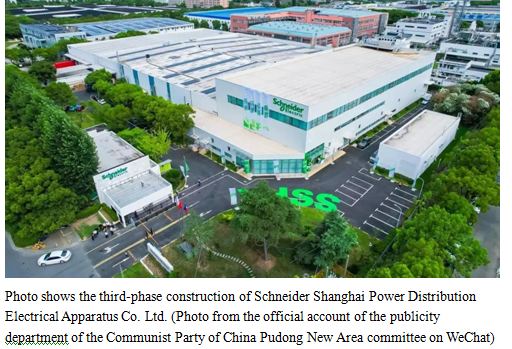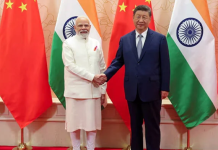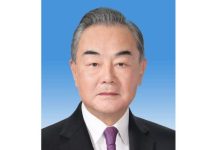By Liao Ruiling
The sixth China International Import Expo (CIIE) is scheduled to be held in Shanghai from Nov. 5 to 10 this year, signifying the first complete return to in-person exhibitions for the event since COVID-19.
Attending trade fairs and showcasing products is one of the channels for many companies to explore new markets and boost their sales. As a major international exhibition platform for China’s opening up, the CIIE is widely recognized by businesses as a crucial channel for expanding their market presence.
Many enterprises said they were looking forward to the event, emphasizing their hope to leverage this opportunity to deepen their foothold in the Chinese market.
Hou Mingjuan, vice-president of Qualcomm, said that Qualcomm was among the first group of American companies to participate in the inaugural CIIE back in 2018. Over the following years, Qualcomm has become a regular participant in the expo, and this year it has already begun preparations for the event, she added.
“Honeywell will focus on showcasing our innovative technologies and solutions at this year’s CIIE, and we will also unveil our flagship product. Through this global platform, we hope to leverage our company’s strengths in aviation, energy transformation, digitalization, and automation to explore more mutually beneficial opportunities with Chinese enterprises,” said Yu Feng, President of Honeywell China.
Why do companies regard the CIIE as a “major event” of the year? Many attribute it to the significant spillover effects of the exhibition.
“The CIIE is an important platform for companies to showcase new technologies and products, as well as a vital channel for staying updated on the latest industry trends and information. Through major exhibitions, we have the opportunity to connect with potential customers and partners. In fact, we met the Ambassador of Mongolia to China at the CIIE, which led to the application of our electrochemical air management products in Mongolia’s National Center for Maternal and Child Health,” said Chen Zhihua, chairman and general manager of Chinese high-tech enterprise Qingyue Technology.
“It can be said that the CIIE injects more momentum into the development of small- and medium-sized enterprises like us,” he added.
“The CIIE has become a significant platform for China to promote high-level opening-up and a crucial bridge connecting foreign enterprises with the Chinese market,” remarked Yan Zhijun, marketing director of Theland, a dairy farm group from New Zealand.
As a staunch supporter of the CIIE, Theland has been showcasing its latest products at the expo for five consecutive years, Yan noted.
He said that the growing demand of Chinese consumers for high-quality products has provided new business opportunities for global companies.
With the support of the CIIE, Theland has experienced rapid development in the Chinese market. According Yan, one of every three cans of milk powder exported from New Zealand to China is manufactured by Theland.
In line with the trend of China’s high-quality economic development, exhibits to the CIIE from around the world are becoming more and more tech-savvy in recent years, with a stronger emphasis on their green and low-carbon performance.
“Driven by the goal of high-quality development, China is vigorously promoting the deep integration of digital technology and the real economy, while continuously pushing for a green transformation of its development model,” Yu said.
According to him, Honeywell, pursuing sustainable development, designs around 60 percent of its new products with an aim of improving customers’ environmental performance and social benefits.
The company’s core business aligns with the demands and development trends of the Chinese market, he said, adding that the trend of high-quality development of the Chinese economy also creates development opportunities for Honeywell and other companies.
As many multinational companies continue to expand their presence in the Chinese market, they are also increasing their investment in China.
Recently, Schneider Shanghai Power Distribution Electrical Apparatus Co. Ltd. had its third-phase construction completed, erecting a brand-new digital and automated “zero-carbon factory.”
With an operational area of 6,500 square meters, the factory is expected to increase its overall production capacity by 30 percent. In the future, more low-voltage circuit breakers for energy management will be produced in this factory, contributing to the safe and stable operation of China’s power system and accelerating the green and low-carbon transformation of the energy system.
According to statistics, the number of newly established foreign-invested enterprises in China reached 24,000 in the first half of this year, representing a year-on-year increase of 35.7 percent. The quality of foreign investment continued to improve. Foreign investment in high-tech industries grew 7.9 percent year-over-year, accounting for 39.4 percent of total foreign investment, up 3.9 percentage points. Of this, foreign investment in high-tech manufacturing increased 28.8 percent.


















